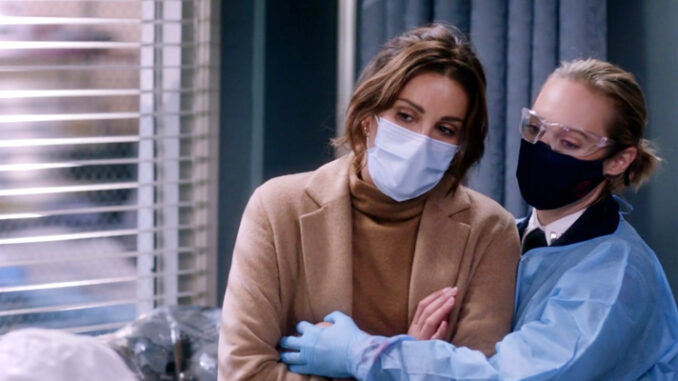
Is It Even the Return of Shondaland without Crying Through Your Shirt?
Shondaland. The name itself conjures images of polished surfaces, impossibly attractive people, and plot twists that detonate like emotional landmines. For over a decade, Shonda Rhimes and her team have expertly crafted narratives that ensnare audiences, drawing us into worlds of high-stakes drama, forbidden romance, and enough ethical quandaries to fill a library. But beyond the addictive storylines and witty dialogue, lies a more fundamental question: Is it even a true Shondaland experience if you haven't reached for the tissues and wept, inconsolably, into your favorite shirt?
The answer, unequivocally, is no. The crying is not a bug, it’s a feature. It's a carefully engineered component of the Shondaland formula, a testament to the power of relatable characters facing agonizing choices. From the chaotic brilliance of Meredith Grey navigating professional and personal tragedies to the gladiatorial world of Olivia Pope fighting for truth in a city drowning in secrets, Shondaland characters are not perfect; they are flawed, vulnerable, and deeply human. And it is in their vulnerability, in their moments of agonizing heartbreak and quiet triumph, that we find ourselves reflecting our own experiences back at them, triggering that inevitable, gut-wrenching emotional release.
Take, for instance, the iconic death of George O'Malley in Grey's Anatomy. He was never the flashiest character, the one who commanded the room, but his quiet loyalty, his unwavering empathy, and his slow, steady growth into a capable surgeon made him a beloved figure. When his barely recognizable body is revealed to be George, the emotional impact is devastating. We cry not just for George, but for the potential cut short, for the injustice of a life lost too soon, and perhaps even for the inherent fragility of our own existence. This is not cheap manipulation; it's a genuine exploration of grief, loss, and the inherent unpredictability of life, delivered with a raw intensity that only Shondaland can master.
The tears, however, are not solely reserved for tragedy. Shondaland also excels at moments of profound joy and cathartic release that can equally trigger a deluge. Think of Annalise Keating finally confronting her demons in How to Get Away with Murder, the raw vulnerability on her face as she sheds her carefully constructed facade and embraces her true self. The tears we cry during these moments are not tears of sadness, but tears of relief, of hope, of witnessing the triumph of the human spirit over seemingly insurmountable odds. They are a reminder that even in the darkest corners of the world, redemption is possible.
Furthermore, the act of crying through your shirt while watching Shondaland is a communal experience. It's a shared understanding amongst fans that we are all in this emotional rollercoaster together. We tweet about our favorite characters, we debate the ethics of their choices, and we bond over the collective trauma we experience watching them navigate their complicated lives. This shared experience fosters a sense of community, a feeling of belonging, that elevates Shondaland from mere entertainment to a cultural phenomenon.
Some might argue that Shondaland relies too heavily on emotional manipulation, on pulling at heartstrings for the sake of ratings. But to dismiss the crying as simply manipulative is to ignore the nuanced storytelling, the complex characters, and the profound themes that underpin these narratives. Shondaland doesn't just make you cry; it makes you think, it makes you question, and it ultimately makes you feel more deeply.
In conclusion, the tears shed while watching Shondaland are not a sign of weakness, but a testament to the power of storytelling. They are a validation of the human experience, a reminder that we are not alone in our joys, our sorrows, and our struggles. So, grab your tissues, settle in, and prepare to cry through your shirt. Because in the world of Shondaland, the tears are not just expected, they are an essential part of the experience. They are the price of admission to a world where emotions run high, where characters are complex, and where the human heart is always at the center of the story. Without the crying, it simply wouldn't be Shondaland.
